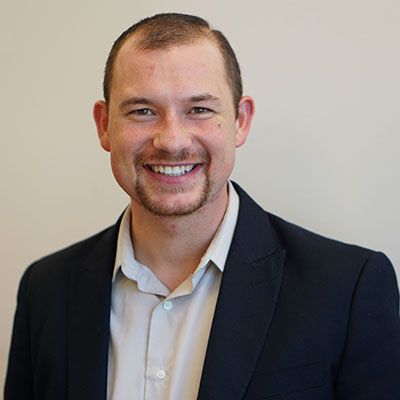Today, open educational resources (OER) are an increasingly common feature in the K–12 education ecosystem. As one example, consider the popularity of Khan Academy, whose library of practice activities and videos are accessed each month by over 10 million users around the world and in many schools across the United States. Similarly, as school systems have struggled with implementing the Common Core State Standards (CCSS), many have adopted Engage New York, an openly-accessible, CCSS-aligned curriculum developed by the state of New York. As a mark of the expected value of OER, a number of major philanthropic organizations, including the Hewlett Foundation, Next Generation Learning Challenges (NGLC), and the CK-12 Foundation, are investing in the creation and development of OER content and OER curation tools; and the U.S. Department of Education (DOE) has a project, called the Learning Registry, which helps make OER content easier for teachers to find.
A major benefit of OER content is that it gives schools and teachers instructional “Legos” that they can organize, revise, and combine more easily to create custom learning solutions that meet their students’ needs. Before the advent of the internet, teachers’ resources were largely limited to assigned textbooks and maybe a handful of other resources from colleagues, workbooks, or professional development workshops. It was a labor-intensive process for a teacher to provide his students with custom resources aligned to their particular context, interests, and learning needs. This process limited the degree of personalized instruction that teachers could provide to their students. In contrast, the growing body of OER content available online today provides teachers with a broad selection of resources that address a wide variety of topics, learning needs, pedagogical approaches, and student circumstances. Important innovations, such as Gooru’s learning architecture and the DOE’s Learning Registry, are making it quicker and easier for educators to find high-quality OER content aligned to their particular needs. Additionally, teachers can modify much of the available OER content to tailor it further to their students’ circumstances.
A number of pioneering school systems use OER as a central part of their approaches to personalized learning. For example, Summit Public Schools’ Personalized Learning Plan (PLP) software directs students to OER content as the primary source of core content instruction in their courses. Similarly, Leadership Public Schools (LPS) is working with an edtech company, called Gooru, to develop a Navigator platform that houses collections of OER course materials that cover the core content for some of its courses. For Summit and LPS, OER content allows them to gather and deploy content that is custom aligned with their innovative personalized learning models without also having to go into the business of being content developers and publishers.
Although pioneering schools like Summit and LPS have clear visions for the role OER content plays in transforming instruction and improving student outcomes, I worry that much of the field may be missing the potential for OER content by framing it primarily as a free substitute for textbooks. When schools approach OER from this perspective, they often fail to recognize the value of innovative systems for deploying OER in a personalized way, such as Summit’s PLP or Gooru’s Navigator, and instead look for OER resources that work more like traditional textbooks, such as the Engage New York resources. Instead of considering how they can use particular OER content and OER curation platforms to transform instruction, schools too often look only at whether OER solutions cover the required content for given courses or are easy and appealing for teachers and students in traditional classrooms to pick up and use.
As I’ve written recently, innovations evolve to address the problems we hire them to solve. Fortunately, pioneering schools, such as Summit and LPS, are pushing the OER ecosystem to make it easier to create customized learning solutions that address students’ personalized learning needs, and many of the philanthropic organizations funding OER efforts are directing that funding toward solutions that aim to improve student learning outcomes. But when the majority of schools frame OER primarily as a free substitute for textbooks and not as an enabler of personalized learning, they fail to encourage the types of innovative uses of OER content that can truly transform instruction.
Thus, the unfolding story of OER deserves this cautionary note: If we want to unleash the power of OER to transform instruction, then schools need to stop seeing OER merely as free textbook replacements and start seeing it as part of a broader effort to redesign education. If we want the organizations that produce, catalog, curate, and package OER content to get better at helping students learn, then we need to make sure that the funding and adoption of OER are driven by this priority.


